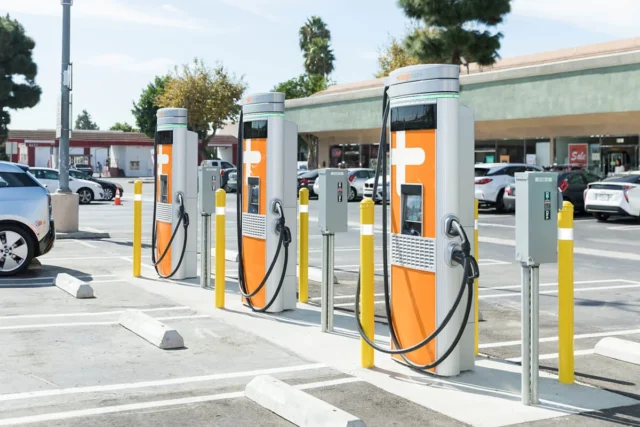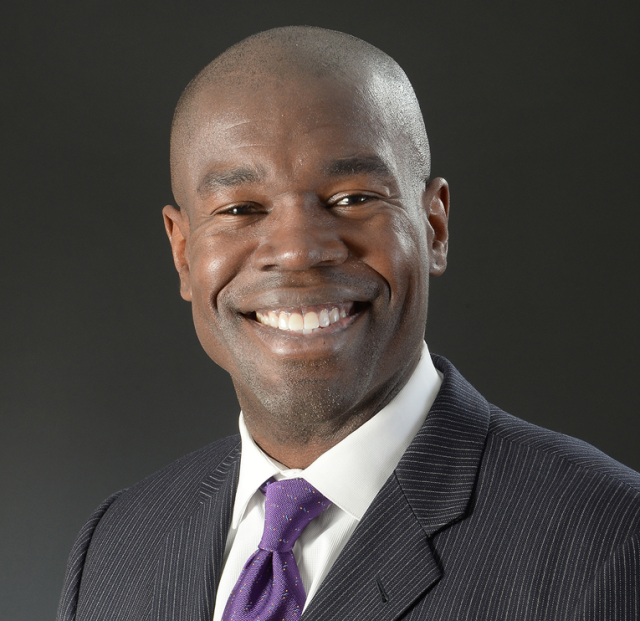
How will new climate legislation affect your business? What are the challenges and opportunities that came with the new climate goals? How much more potential does solar have to grow? Law firm Hodgson Russ and the Albany Business Review hosted a discussion to answer these questions and more. Cindy Applebaum, market president and publisher of the Albany Business Review, moderated the discussion.
What are some of the ways the state’s new Climate Leadership and Community Protection Act will shape how New York generates, delivers and uses energy?
Bill Jordan, Founder & CEO, Jordan Energy & Food Enterprises: Mandates and goals have been aggressive. Some big picture trends are fairly certain. There will be such more solar, wind and storage. We’ll be incorporating generation delivery and use of energy. The Climate Action Council, which is required by this law, will help guide some of these answers to these questions.
Rich Dewey, President & CEO, NYISO: It’s going to have a pretty dramatic impact, in terms of the supply. One of the things we’re looking at as grid operators is how to maintain a generation fleet that can meet the needs of consumers for times when the intermittent sources are not producing.
A lot of it is going to be based on wind and solar, but as we know, there are days where the wind doesn’t blow at all and the sun doesn’t shine very much. But we still need to have a generation fleet that’s prepared to meet the load. It’s going to be an interesting challenge to provide the right kind of pricing signals so that generators can respond in a way that can balance the intermittent sources. We’re probably looking at different revenue models for those kinds of generators, and making sure they’ve got adequacy to perform when we need them.
Jamie Thompson, President & CEO, American Energy Care & AEC Solar: There’s also going to be a shift in the way that people live and react to the markets because as regulations change, it’s going to change how people have to heat and cool their buildings. It’s going to change at their homes. When are we going to wash our clothes? The commodity becomes more expensive, and more importantly, less expensive at night. It’s going to give them an opportunity to save money.
Lee Evans, President, ReWire Group LLC: It’s going to be interesting to have the Climate Action Council’s 22-person scoping plan occur. All these people are going to agree on what to do? Also, regarding people who are disproportionately affected by climate change, are jobs and money going to go to those areas based on the new laws? I hope it works.
David Sandbank, Vice President of Distributed Energy Resources, NYSERDA: New York state has some of the most aggressive targets in the country, and doing nothing is a bigger cost. The whole concept is to get to 70% renewables by 2030 and 100% carbon-free by 2040. When you’re going to do that, you’re going to rely on the grid, the distribution network and much more to convert a lot of fossil fuel into electricity and electrification. One of the key components to that is energy storage because you can’t have intermittent technologies without energy storage.
We’re also going to change the way in which we generate our electricity to renewable resources. Thirdly, we’re going to be able to convert a lot of the fossil fuel into electricity, which is then going to be generated by mostly solar, wind and hydro. It’s going to change a lot of things. It’s going to change the way we drive our vehicles and how we charge our cars. We’re going to have to make our buildings smarter. The grid’s got to be much more flexible. This is just the very beginning of a long, necessary process.
Dewey: The pace at which we need to add renewables to the grid has got to be at a rate that we’ve never achieved in the past. It’s a pretty aggressive step up. When you look at the number of renewables on the grid, the hydro resources which are really important and really valuable, they are about 21% or 22%. In the last 10 years we’ve added another 3% to 5%. In the next 10 years, we’ve got to go from 25 to 70. It’s actually higher than that when you figure that nuclear is not renewable. Nuclear is carbon free, but it’s not renewable, so the pace with which we need to fund, site, build and interconnect renewables is arguably five-plus times a greater rate than we’ve done over the last 10 years.
How do we remove the administrative barriers? How do we knock down some of the regulated barriers of Article 10 and the likes? Those kinds of things are going to have to really work smoothly.
Evans: This is an interesting question because a challenge to somebody is an opportunity to somebody else. There’s going to be some disruption during this transition for people in certain jobs and certain industries. Legislation is going to have to balance some of that and help people through the transition with workforce training, but there are going to have to be restrictions on internal-combustion engine cars and developers for new development.
There will be some mandates about efficiency and renewable energy for retrofits, and so the challenge is going to be the restrictions and the mandates that are going to have to occur in order for this to happen. But that is going to create opportunities for people and new jobs in the green economy.
See more of the Albany Business Review’s Roundtable discussion: Industry Roundtable: Energy





No comment yet, add your voice below!